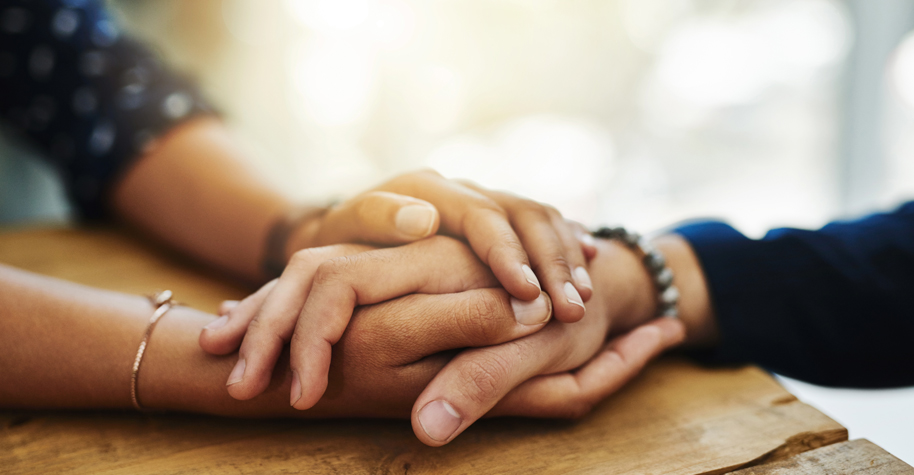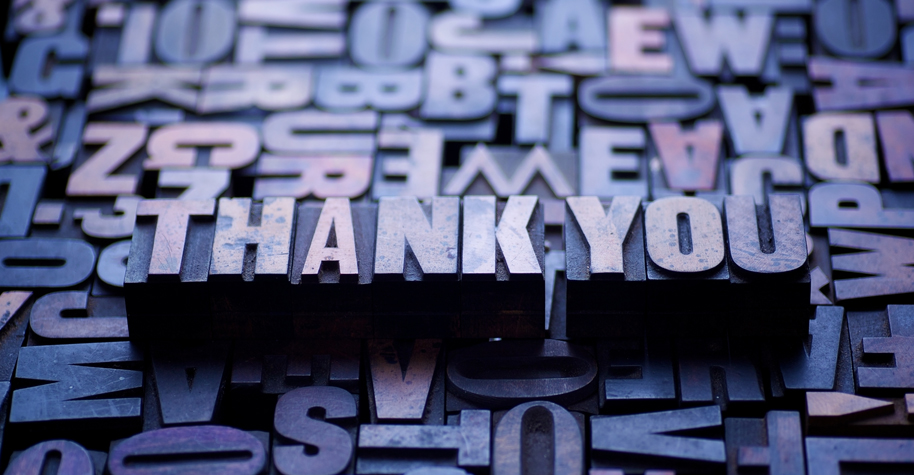
CDC is ending the Public Health Matters blog. The agency will not publish new content to the blog after this post. We will continue to publish translations of existing posts and provide an archive of past content.
The Public Health Matters blog started in May 2008. The first entry, “New Brain Disease is Blowing Minds,” was about an investigation into an unusual cluster of Progressive Inflammatory Neuropathy (PIN).
Slaughterhouse workers in Minnesota and Indiana were experiencing symptoms that ranged in severity from minor weakness and numbness to paralysis of their legs. Early findings suggested the patients all worked at or had “regular contact” with an area in the facility where workers processed pig heads. The investigation was ongoing.(1)
The Public Health Matters blog started out as the personal log of Dr. Ali Kahn. He was director of the then Office of Public Health Preparedness and Response.
The early posts to the Public Health Matters blog are a window into the work of an Epidemic Intelligence Service Officer and a career focused on bioterrorism, global health, and emerging infectious diseases. He followed his first post with brief communiques about a Rift Valley Fever outbreak in Madagascar and a salmonella outbreak in the American Southwest.(2, 3)
In the almost 15 years and 500 posts since its launch, the Public Health Matters blog has evolved into a regularly updated website. Over that same period, it also welcomed new authors who contributed posts on a wide range of emergency readiness- and response-related topics.
The blog gained wide attention in 2011 and 2012 when a dozen posts likening readiness for a “zombie apocalypse” to that of other public health threats. These captured the attention of readers and put the blog into the wide arena of public discourse.
We’ve tried with every post from the first to the last, “Emergency Preparedness: Batteries Not Included,” to help readers prepare for the consequences and challenges of an emergency response. These consequences and challenges can include stress, loss, and social isolation; discrimination; supply shortages; and service disruptions.
For example,
- Posts like “Must-Haves for Your First-Aid Kit” and “Preparing Your Medicine Cabinet for an Emergency” ask readers to identify, understand, and plan for their personal needs before an emergency.
- Lists like “10 Questions to Ask Your Pharmacist” encourage readers to talk to their doctors. Healthcare professionals, including physicians, pharmacists, and veterinarians, are trained to help you manage and improve your health. They can give you patient-centered answers to questions on many topics.
- Stories like “Arizona Creates ASL Glossary of Emergency Management Terms” and “Operation Shortbread Is Not Your ‘Cookie Cutter’ MCM Exercise” share best practices from state and local health departments for building resilience against public health emergencies.
- Narratives like “Self-Serve Food Pantries Help Feed Local Communities” and “Hero Hobbyist: Student Prints Face Shields for Special Education Organization” celebrate the efforts of the whole community to advance readiness and response in their communities.
The purpose of every post was the same regardless of the author or subject matter. The aim was always to offer evidence-based guidance you can use to protect yourself and others from threats to health.
The Public Health Matters blog is ending but neither the posts nor CDC’s commitment to helping build a prepared and resilient Nation are going away. We will continue to explore new and creative ways to engage with you on topics that affect individual resilience. You can continue to learn about personal health preparedness and ways to prepare your health on the CDC website.
Thank you for your support of Public Health Matters.
References
- https://www.cdc.gov/mmwr/preview/mmwrhtml/mm57e131a1.htm
- https://blogs.cdc.gov/publichealthmatters/2008/05/mosquitoes-the-worlds-deadliest-animals-2/
- https://blogs.cdc.gov/publichealthmatters/2008/11/salmonella-saintpaul-outbreak-epilogue/
Thanks in advance for your questions and comments on this Public Health Matters post. Please note that CDC does not give personal medical advice. If you are concerned you have a disease or condition, talk to your doctor.
Have a question for CDC? CDC-INFO (https://www.cdc.gov/cdc-info/index.html) offers live agents by phone and email to help you find the latest, reliable, and science-based health information on more than 750 health topics.
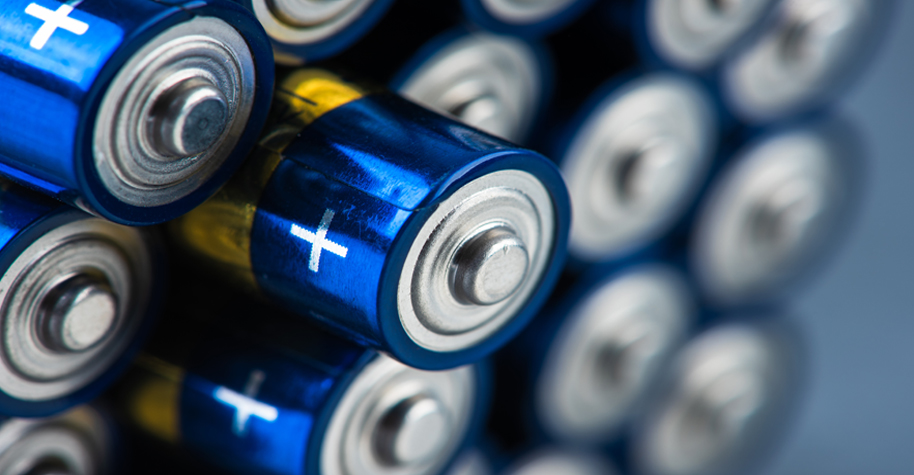


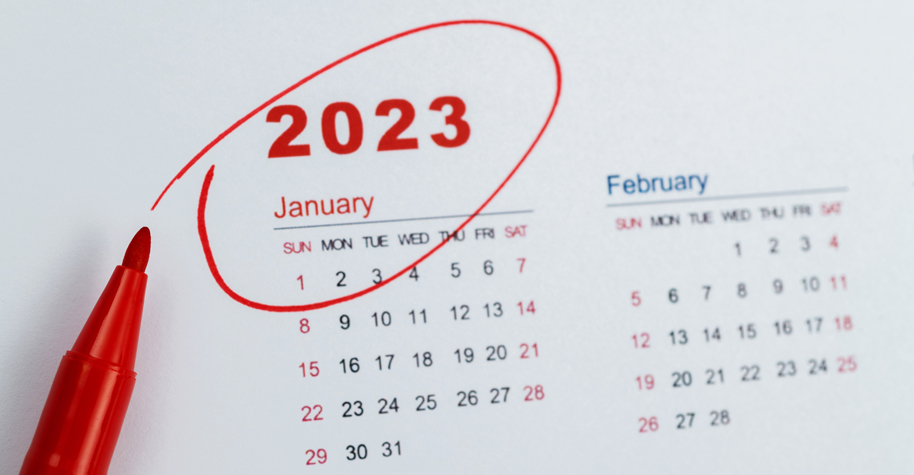


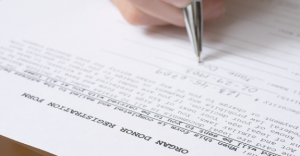 Preparedness isn’t a prediction of the future. There’s no guarantee that you’ll need advance care planning. You may never need others to make healthcare decisions on your behalf.
Preparedness isn’t a prediction of the future. There’s no guarantee that you’ll need advance care planning. You may never need others to make healthcare decisions on your behalf. Emergencies—especially when multiple occur at the same time—can test your ability to financially respond and recover.
Emergencies—especially when multiple occur at the same time—can test your ability to financially respond and recover.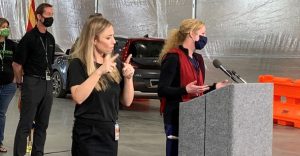 People who are Deaf and hard of hearing can struggle to access information in their daily lives, to say nothing of the difficulties they can face during an emergency.
People who are Deaf and hard of hearing can struggle to access information in their daily lives, to say nothing of the difficulties they can face during an emergency. Canned goods are an emergency preparedness staple. And for good reason. They are reasonably affordable, require little to no preparation, and have a long shelf life.
Canned goods are an emergency preparedness staple. And for good reason. They are reasonably affordable, require little to no preparation, and have a long shelf life.

